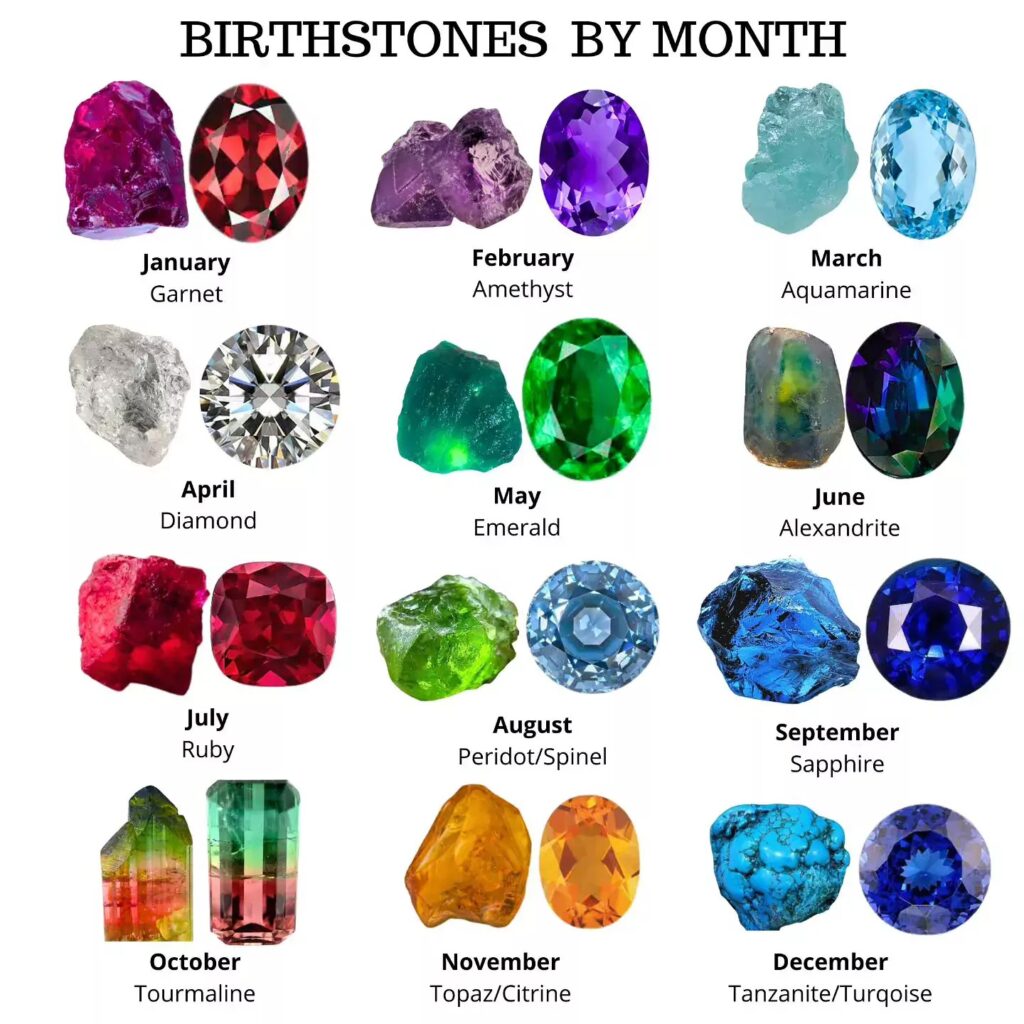Jewelry holds deep cultural and historical significance across the globe, with each region expressing unique traditions through its designs and craftsmanship. Here are a few noteworthy examples:
Middle Eastern Evil Eye Jewelry: Known as Nazars, the evil eye amulet is a significant symbol of protection in Middle Eastern and Mediterranean cultures. Often featuring a blue eye motif, this jewelry is worn to ward off misfortune and protect the wearer from harm.
Indian Bridal Jewelry: Indian bridal jewelry, known for its elaborate and colorful design, plays a central role in wedding traditions. Pieces like mangalsutra (a necklace symbolizing marital commitment), bangles, and anklets are often chosen to protect the bride and bring prosperity. The jewelry often features gold and precious gemstones, symbolizing wealth and purity.
African Beaded Jewelry: Beaded jewelry in Africa varies by region but often signifies cultural identity, social status, and life milestones. The Maasai people of East Africa, for instance, use vibrant beadwork in necklaces, bracelets, and earrings. Each color has a meaning—blue for energy and red for bravery—transforming jewelry into a storyteller of cultural values.
Native American Jewelry: Jewelry in Native American culture, often crafted from turquoise, silver, and natural materials, reflects spiritual and cultural beliefs. The Navajo and Zuni tribes are especially known for their turquoise pieces, which are believed to bring protection and strength.
Japanese Kanzashi: These decorative hairpins are traditionally worn by geishas and brides. Often adorned with flowers or seasonal motifs, kanzashi reflects the beauty of nature and can signify a woman’s marital status or social rank.



